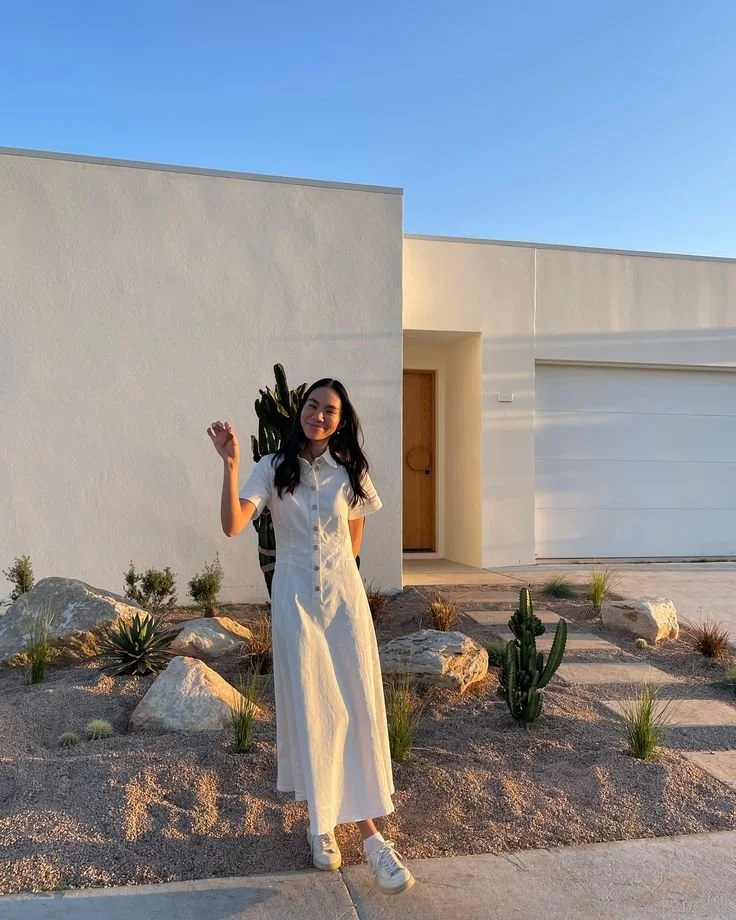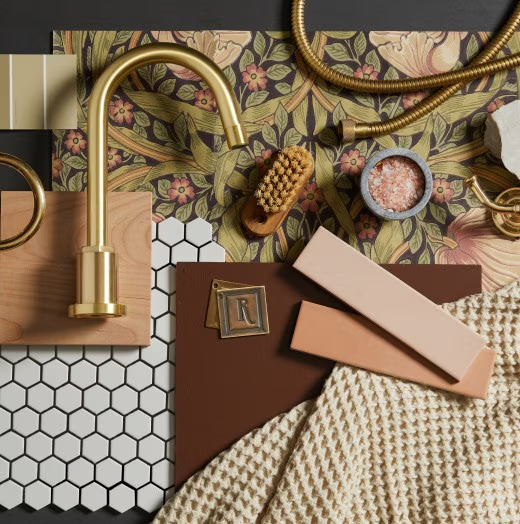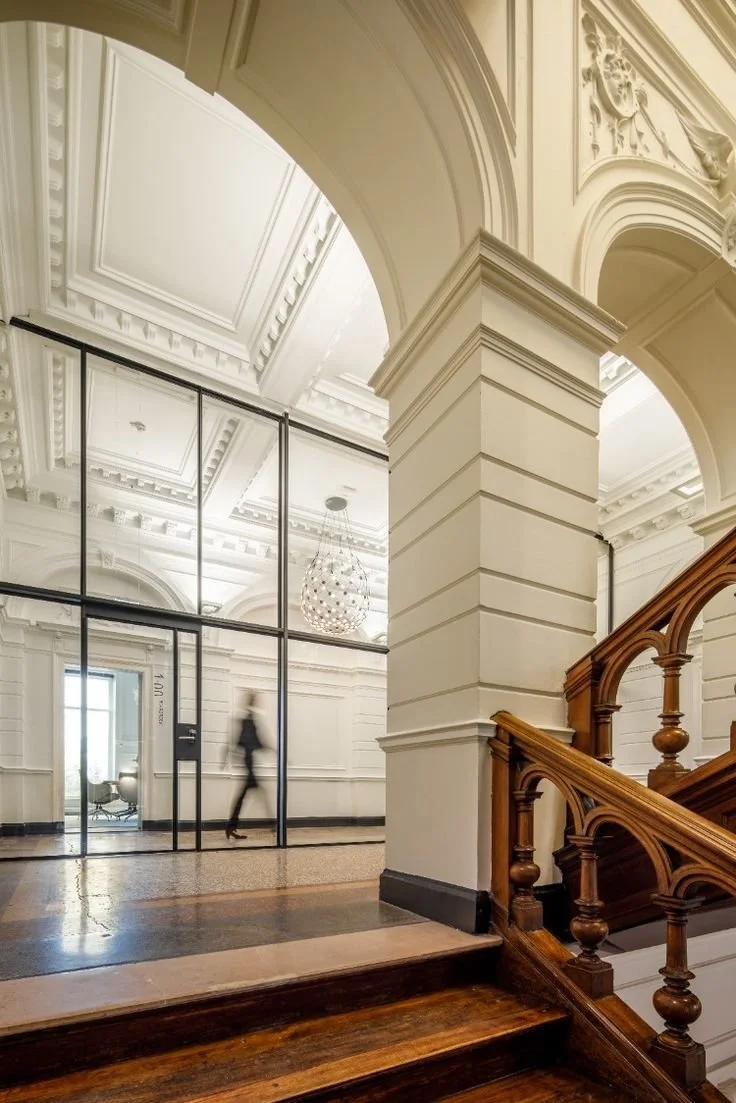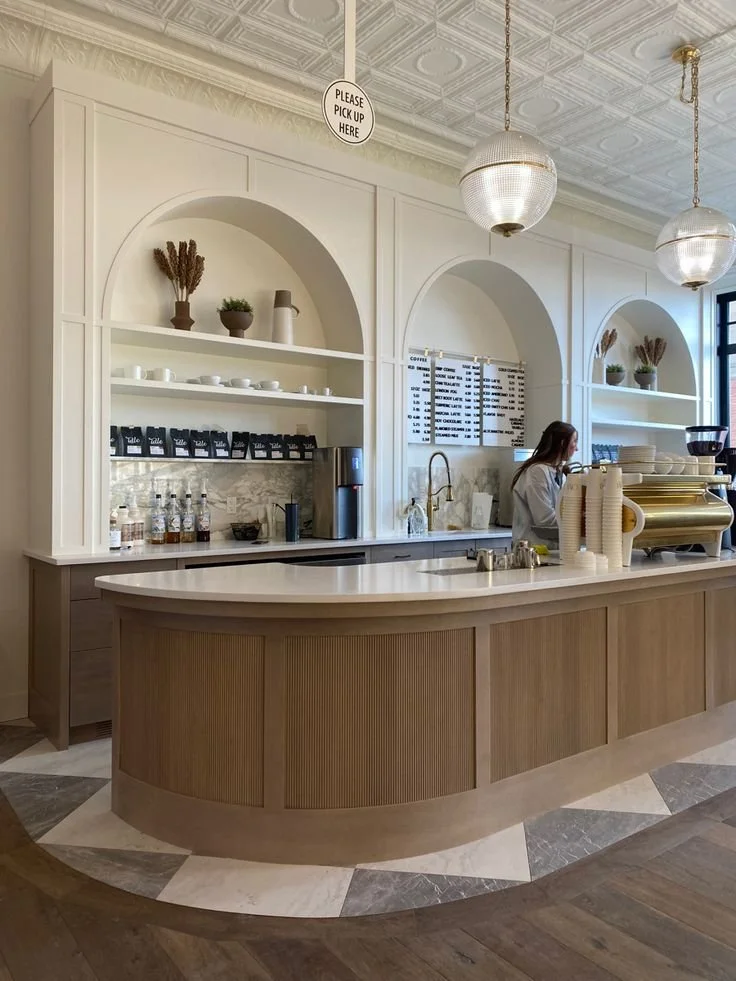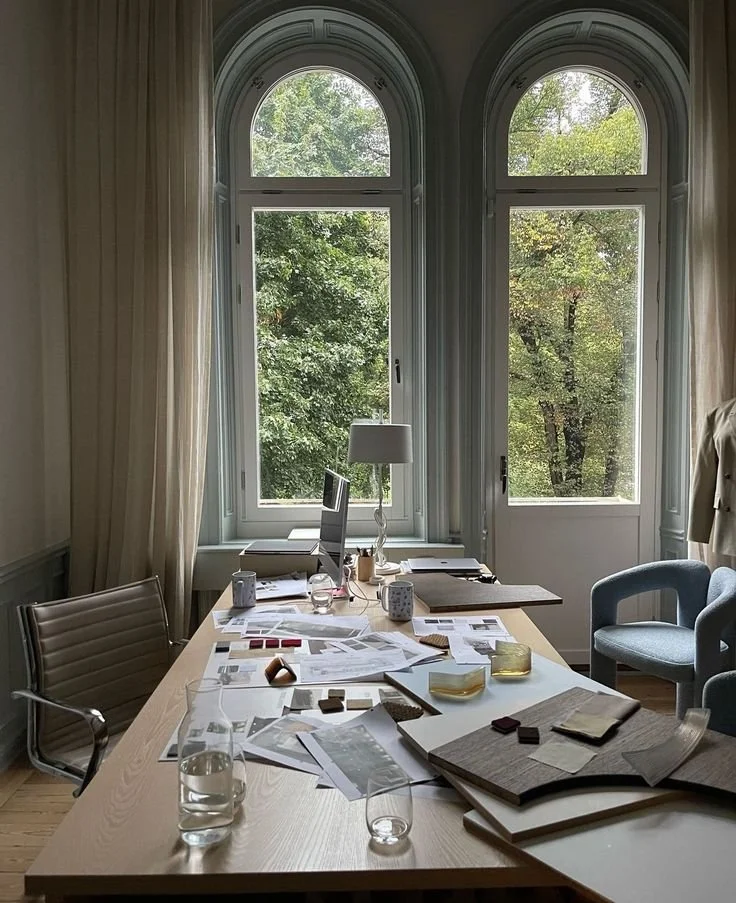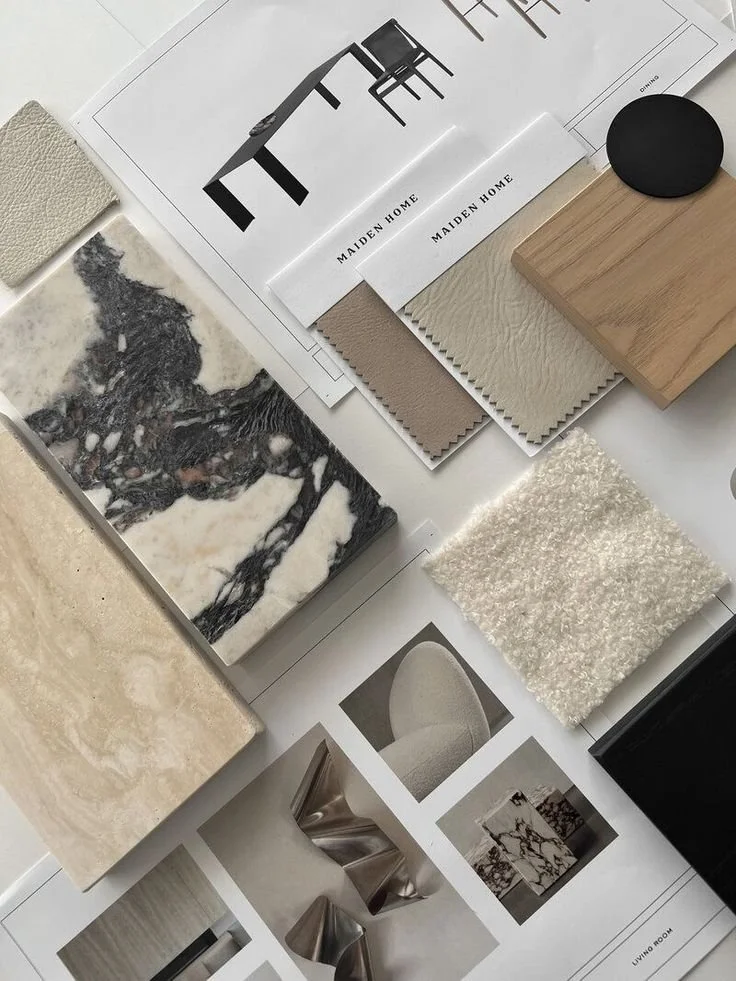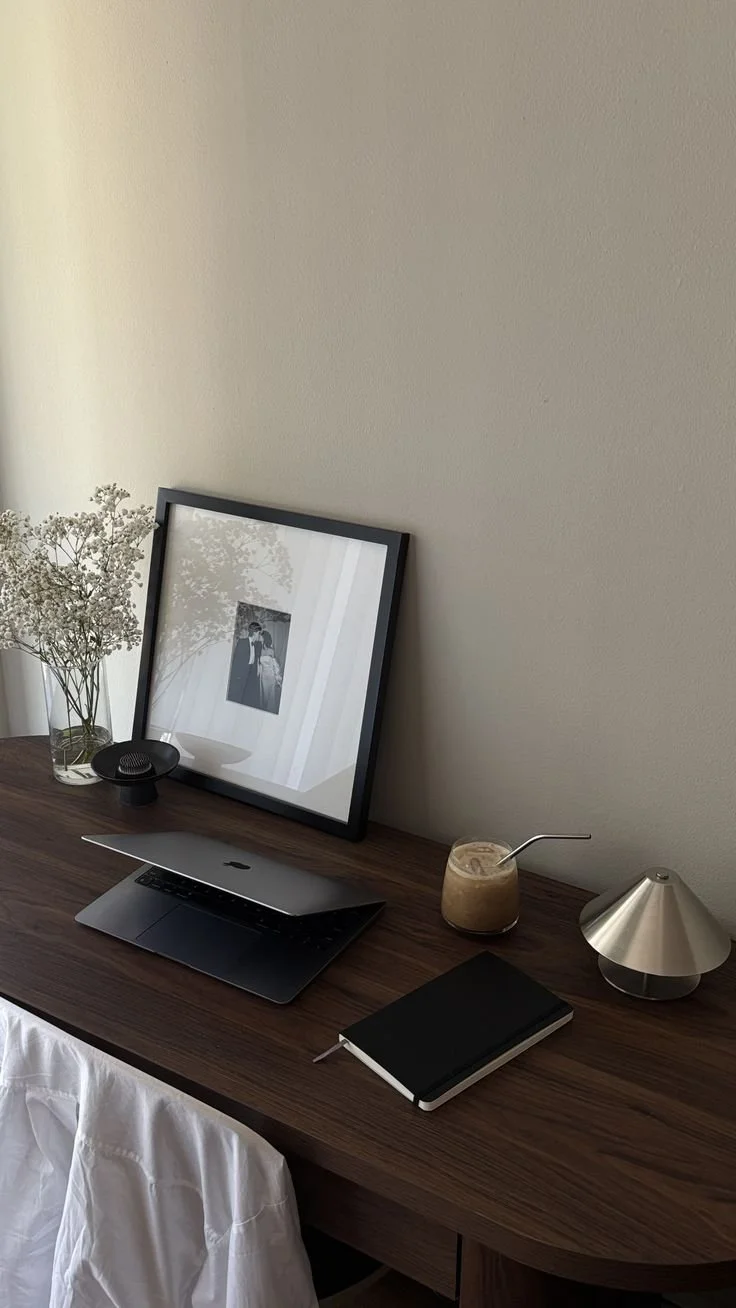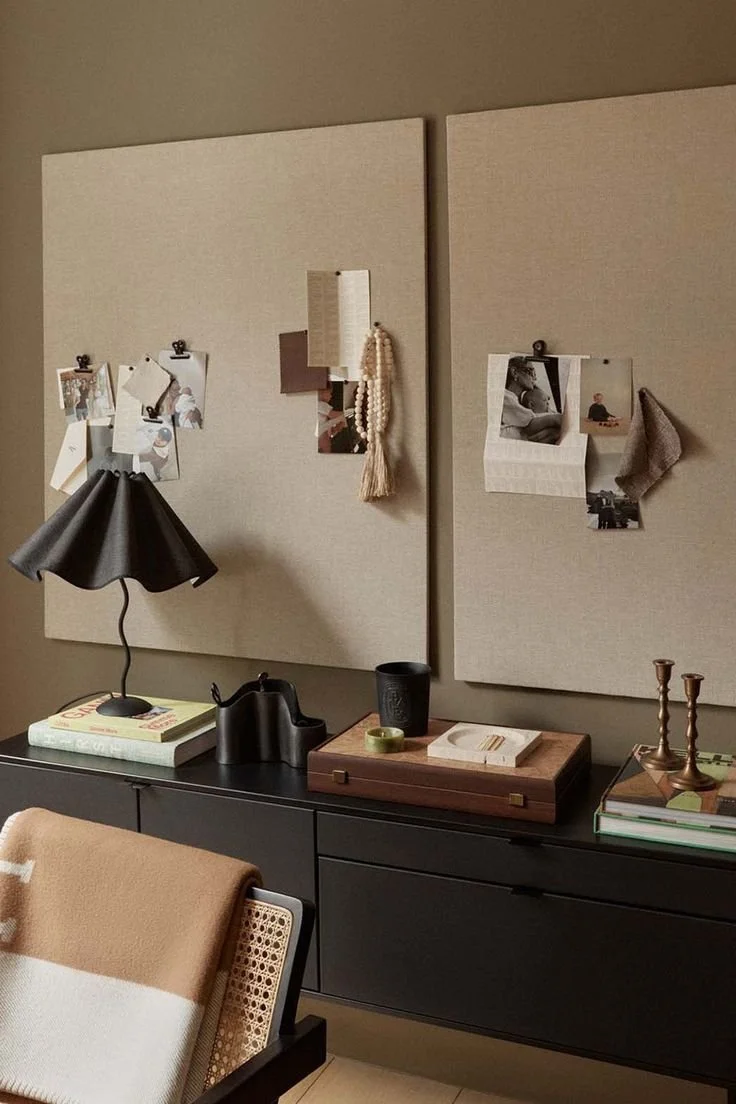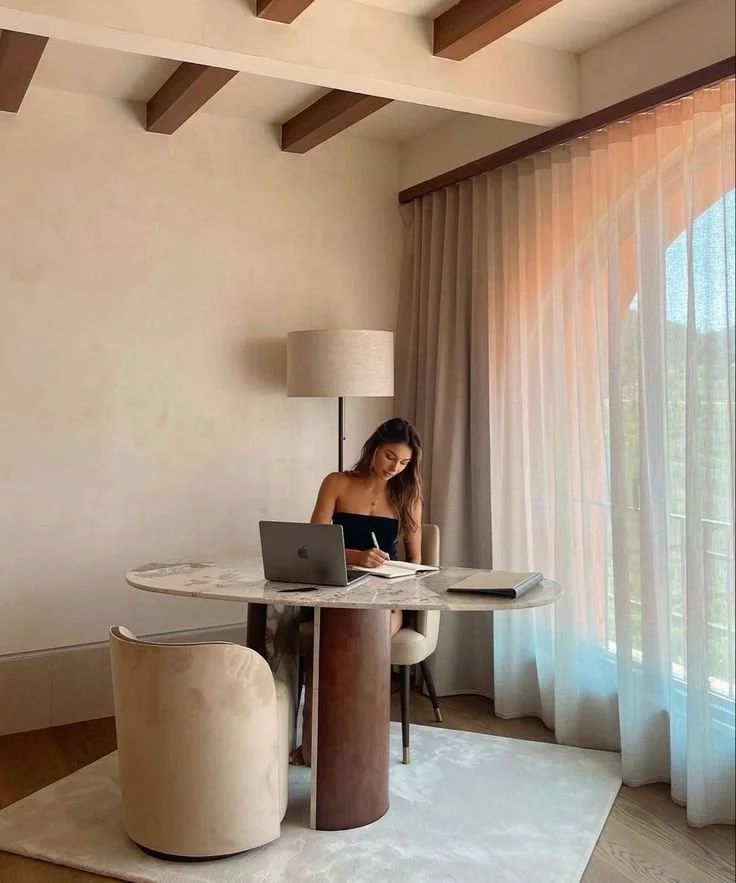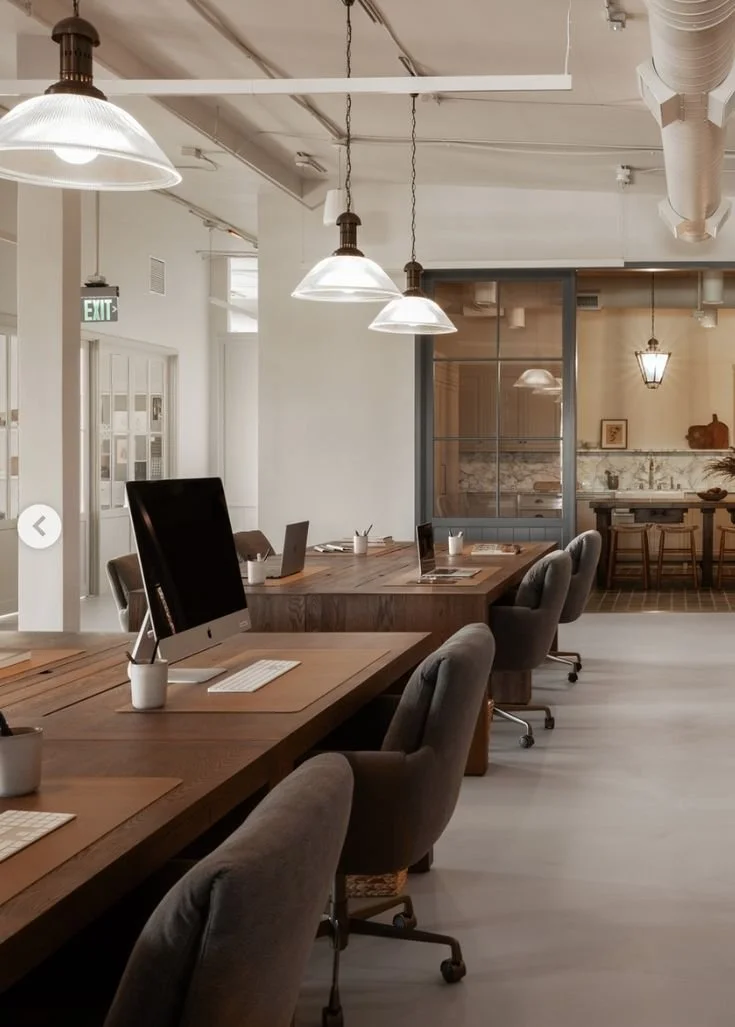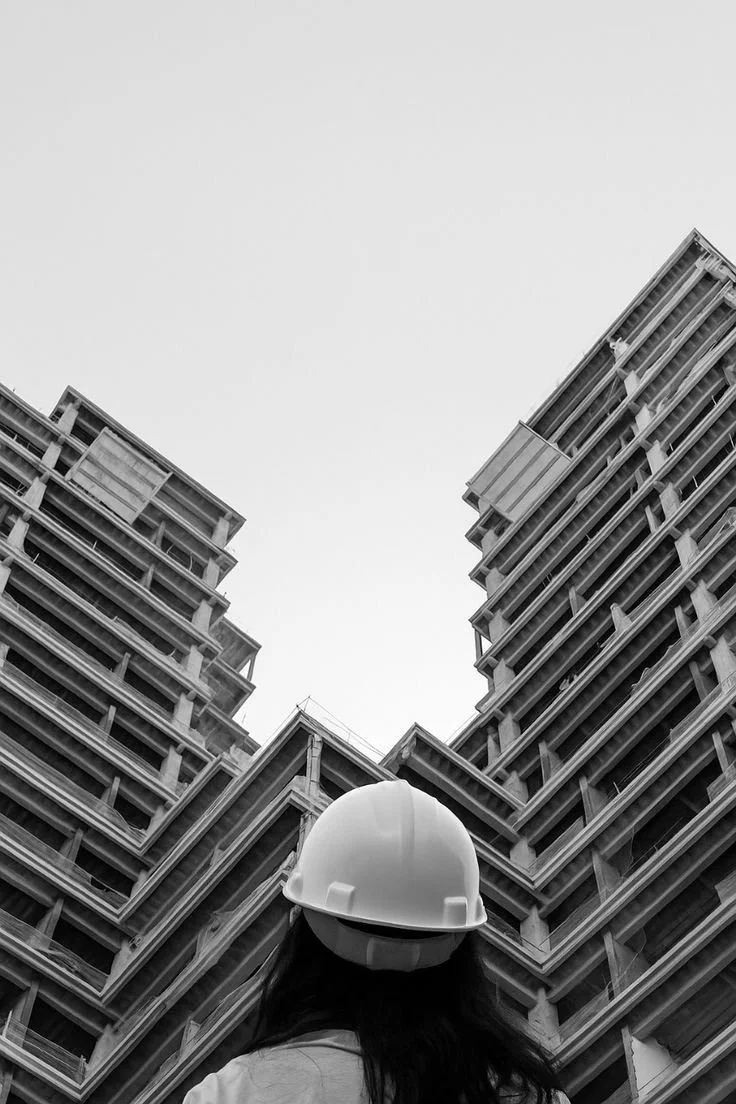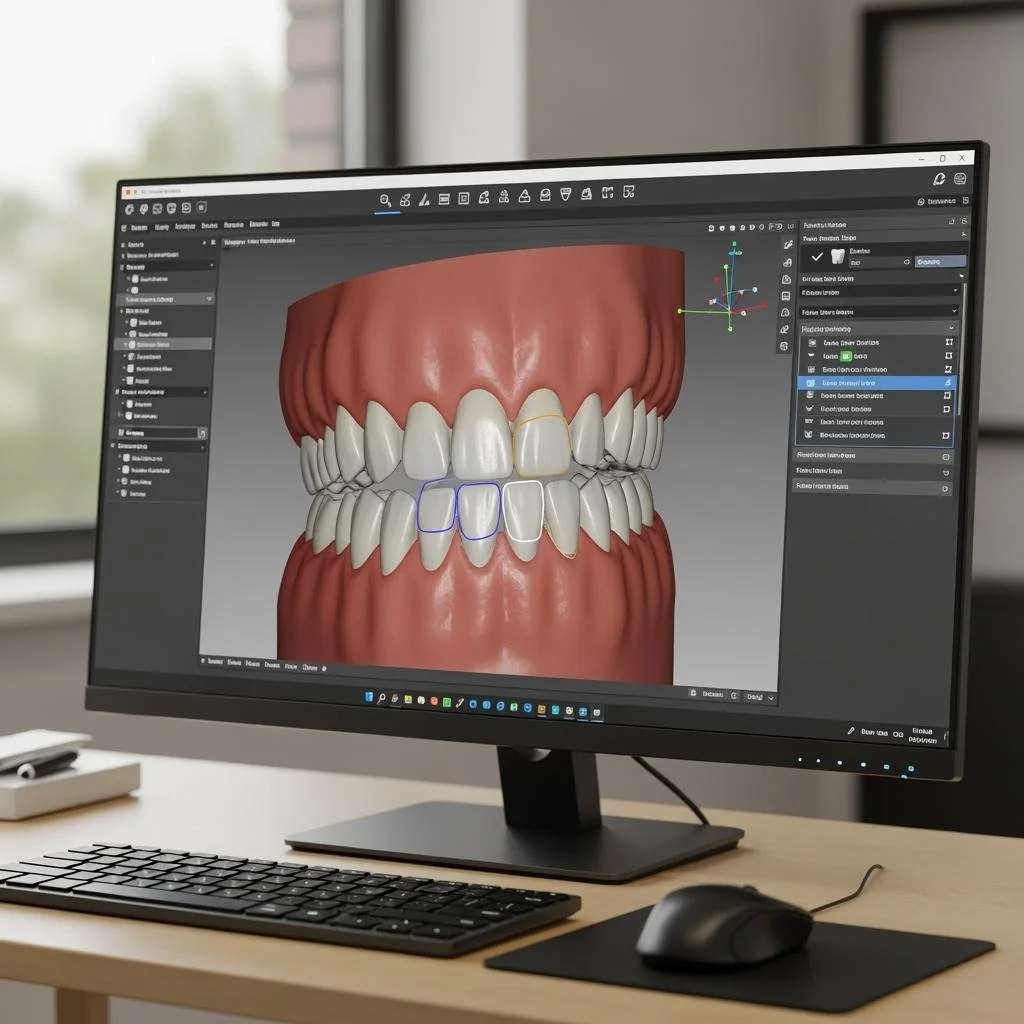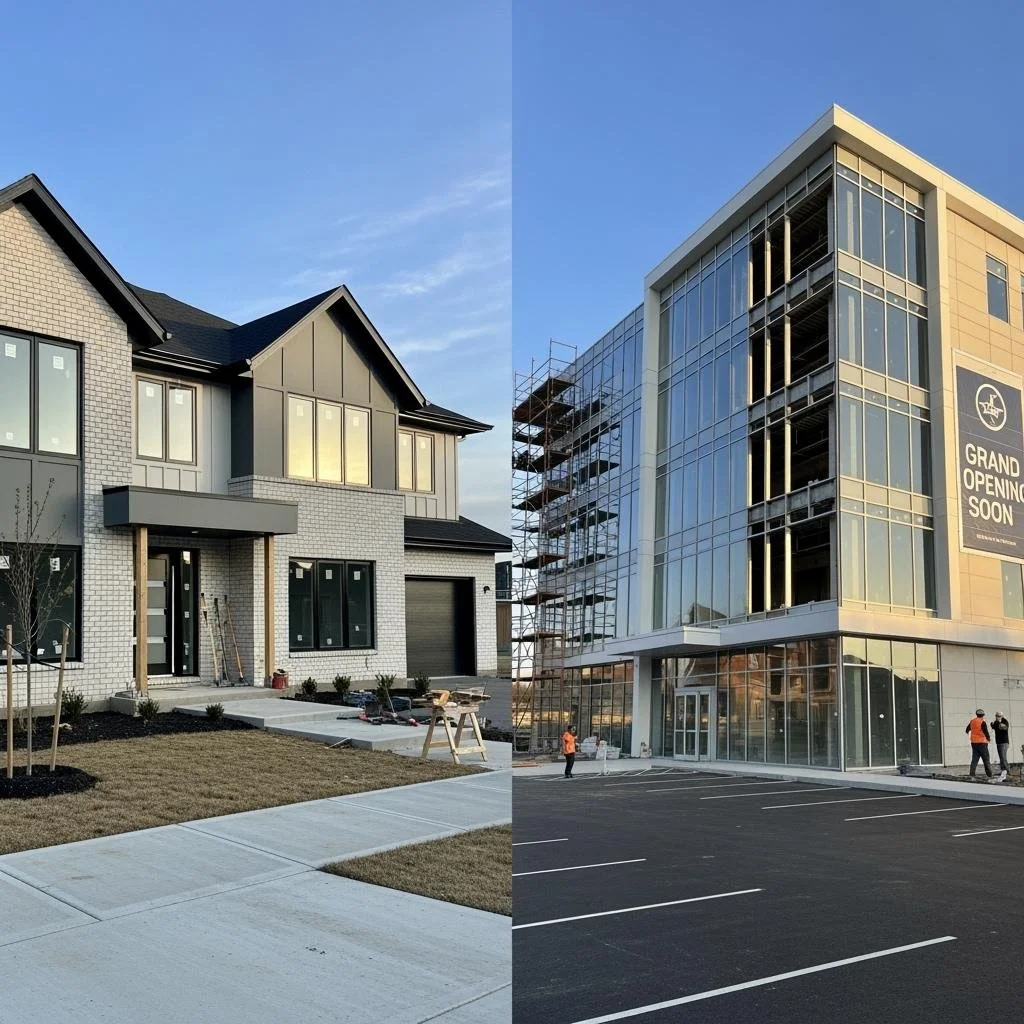Maintaining Your Rental Property: Essential Tips for Landlords
Owning a rental property is a rewarding venture, but it comes with a significant set of responsibilities—chief among them is maintaining the property in excellent condition. Whether you're a seasoned landlord or just starting out, staying on top of maintenance is crucial not only for preserving the value of your investment but also for keeping tenants happy and avoiding costly repairs in the future.
In this article, we’ll walk you through the essential aspects of rental property maintenance. From creating a seasonal maintenance schedule and understanding when to replace carpets, to making cost-effective upgrades that attract quality tenants, these practical tips will help you manage your property more efficiently and responsibly.
No. 1
The Importance of Regular Maintenance in Rental Properties
Regular maintenance is like insurance for your rental property. Ignoring small issues can lead to bigger, more expensive problems down the line. For instance, a minor leak today could turn into mold damage tomorrow. Here’s why regular upkeep should be a top priority:
Protecting Your Investment
Your rental property is likely one of your most valuable assets. With the growing demand for rental housing, especially in competitive markets like Boston property management, maintaining your property ensures it remains attractive and profitable. Simple actions—like applying fresh paint or clearing gutters—can prevent costly damage.
Deferred maintenance often leads to higher expenses. For example, replacing a few damaged shingles is far more affordable than a full roof replacement. The same logic applies to HVAC systems, plumbing, and electrical components—catching issues early saves money.
Keeping Tenants Happy and Loyal
Tenants are far more likely to stay in a well-maintained home. When they feel valued, they’re more inclined to report problems early, helping you address them before they escalate. Happy tenants are also more respectful of the property and more likely to renew their leases, reducing turnover and vacancy rates.
Meeting Legal Requirements
Landlords are legally obligated in most states to provide habitable living conditions. This includes functional plumbing, heating, and electrical systems. Failing to address hazards promptly can lead to legal issues and potential fines. Staying compliant not only protects your tenants but also shields you from liability.
No. 2
Creating a Maintenance Schedule
Organization is the backbone of effective property maintenance. A well-structured maintenance calendar ensures that nothing slips through the cracks. Here’s how to break it down:
Spring: Clean gutters, service air conditioning units, and inspect roofing.
Fall: Check heating systems, apply weatherstripping, and inspect insulation.
Monthly: Test smoke detectors, change HVAC filters, check for leaks.
By assigning tasks to specific seasons or months, you create a proactive system that keeps your property in top shape year-round.
No. 3
How Often Should You Replace the Carpet in a Rental?
Carpet replacement is one of the most common—and often confusing—maintenance decisions landlords face. So, how do you know when it’s time?
Industry Standards and Guidelines
Typically, rental carpets last between five and seven years with proper care. However, this varies based on the carpet’s quality and the amount of foot traffic. For instance, carpets in hallways or living rooms wear out faster than those in bedrooms. Lower-quality carpets may need replacing every three years.
The IRS allows landlords to depreciate carpets over five years, offering a tax advantage when you replace them. Be sure to take full advantage of this benefit.
Signs It's Time to Replace
Don’t wait until the carpet is completely worn out. Here are some telltale signs:
Visible wear patterns in high-traffic areas
Stains that won’t come out
Faded colors that make rooms feel dull or neglected
Any of these signs indicate it’s time for a refresh to keep your property appealing to tenants.
Between-Tenant Carpet Care
You don’t always need a full replacement between tenants. Professional deep cleaning can breathe new life into carpets, removing stains and odors effectively. In many cases, steam cleaning makes the carpet look almost new.
For minor damage, consider spot repairs. Patch kits can fix small burns or tears, and you can even replace carpet in a single room if needed. These targeted fixes save money while maintaining a polished look.
Rejuvenation
Jumpstart your next home project with Rejuvenation's Home Project Guides! Expert tips, inspiration, and resources to bring your vision to life.
Start planning today!
No. 4
Cost-Effective Upgrades That Attract Quality Tenants
Strategic upgrades can pay off by allowing you to charge higher rent and attract long-term tenants. Focus on improvements that offer the highest return on investment.
Kitchen and Bathroom Updates
These two areas can make or break a rental. Fortunately, you don’t need a full remodel to make an impact:
Replace outdated cabinet hardware with modern pulls and knobs
Paint old cabinets in neutral tones like white or gray
Update light fixtures for better ambiance
Swap out old faucets for brushed nickel or matte black finishes
These small changes can dramatically improve the look and feel of your property.
Energy-Efficient Improvements
Eco-conscious tenants are on the rise, and energy-efficient upgrades appeal to both their values and their wallets:
Install LED bulbs throughout the property
Add programmable thermostats for better climate control
Use weatherstripping to seal doors and windows
Improve insulation in attics or crawl spaces
These upgrades reduce utility costs and make your property more attractive to budget-minded renters.
Fresh Paint and Curb Appeal
A fresh coat of paint is one of the most affordable ways to update a property. Stick to neutral tones like soft beige, light gray, or warm white to appeal to a wide audience.
Don’t overlook the exterior—curb appeal matters. Start with:
Power washing siding, walkways, and driveways
Trimming overgrown bushes and planting flowers
Replacing outdated mailboxes and house numbers
First impressions are everything, and a clean, inviting exterior sets the tone for the entire property.
Takeaways
Maintaining a rental property doesn’t have to be overwhelming. With a structured maintenance plan, you can stay ahead of issues, protect your investment, and keep tenants satisfied. From knowing when to replace carpets to making smart, cost-effective upgrades, every step you take contributes to a more successful and sustainable rental business.
By committing to regular upkeep and thoughtful improvements, you not only meet your responsibilities as a landlord—you also enhance the value of your property and build lasting relationships with tenants. In the competitive world of real estate, that’s a formula for long-term success.
Looking for Business resources?
Are you seeking ways to elevate your business to new heights? Dive into the array of resources provided by our esteemed business partners designed to empower your ventures.
